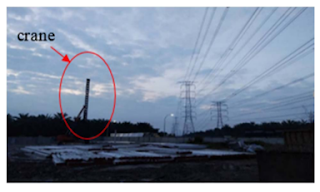Transmission line faults can arise due to various reasons, and they can be categorized into several causes:
1. Weather Conditions - Adverse weather conditions like lightning, heavy storms, strong winds, ice, or snow can cause faults by physically damaging the transmission lines or creating conditions conducive to electrical faults.
2. Equipment Failure - Malfunction or failure of components such as insulators, conductors, transformers, switches, etc can lead to faults along the transmission line.




